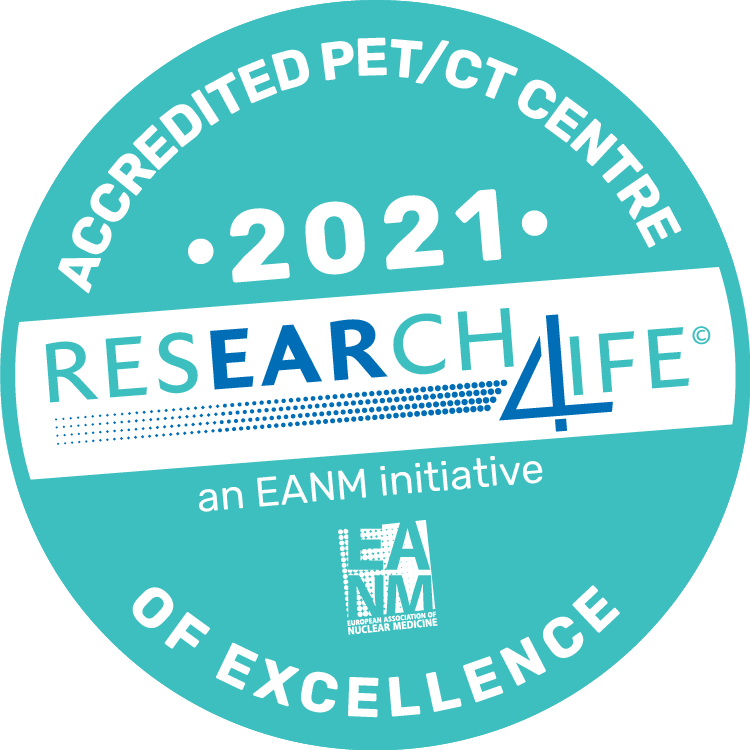AGATA POSTDOCTORAL RESEARCH POSITION
┬Ā
┬Ā
┬Ā
AGATA POSTDOCTORAL RESEARCH POSITION
The Group of Research on Physics and Technology in Nuclear Structure and
Applications, embracing the Spanish AGATA groups (USAL, UV, CSIC-IFIC, CSICIEM),
invites application from candidates for a fixed-term (two years) postdoctoral
position preferably to start January 1st, 2021 at the University of Salamanca (USAL).
Introduction
The position resolution in segmented contact Ge detectors depends strongly on the
capability to obtain a database of charge and image (induced) pulses for our
detectors. Nowadays, the experimental pulse shapes are being compared with
simulated ones and there is actually an opened question about the adequacy of the
simulated databases to exploit fully the performance of the Ge position sensitive
detectors, given the fact that they are built by first approach to the solution of the
electric field and charge carriers drift phenomena within the crystal volume. The
improvement of the detector position performance requires to experimentally
characterizing the detector response as a function of position. To do so, it is required
a system capable to perform a 3D scan of the segmented Ge crystal.
Fundamental questions to be answered are: what is the limit on spatial resolution
reachable with the AGATA crystals? Could AGATA peak efficiency and peak-to-total
coefficient improve by using an experimental pulse database for PSA? What is the
real active volume of each segment? Could crystal passivation be improved?
Passivation determines dead layer size in each segment [Eberth J. and Simpson J.,
Prog. Part. Nucl. Phys. 60 (2008) 283]. Therefore, its determination can help the ongoing
developments, within the AGATA collaboration, on passivation techniques.
┬Ā
Description
The main aim of the fellowship is to perform the commissioning and validation of the
characterization setup SALSA (*), i.e. the scanning system fully based on the Pulse
Shape Comparison Scanning technique (PSCS) for the characterization of position
sensitive AGATA segmented crystals. This characterization setup uses the active
collimation of gamma rays, produced in positron annihilation, impinging on the
segmented Ge detector being scanned and on a LISO-based gamma camera,
pixelated in 256 channels. The interaction position is deduced using the gamma
camera data and a novel PSCS technique.
The tasks involve going on with the code developments, experimental measurements
and data analysis. Work on the optimization of position determination algorithms in
SALSA and on the improvement of Pulse Shape Analysis algorithms, including
Machine Learning techniques, is expected as well. The successful candidate will
conduct the activities supporting also the training of a Ph. D. student. She/he will
work in straight collaboration with the AGATA detector characterization team,
working group committed to stablish the specific objectives to cover with the AGATA
scanning systems.
(*) Publications:
Characterization of a high spatial resolution gamma camera for scanning HPGe segmented
detectors. A. Prieto and B. Quintana, IEEE Transactions for Nuclear Science 60(6) 4719-4726
(2013)
Study of accuracy in the position determination with SALSA, a ╬│ŌłÆscanning system for the
characterization of segmented HPGe detectors. A. Hern├Īndez-Prieto, B. Quintana, S.
Mart├Łn, C. Domingo-Pardo, Nuclear Instruments and Methods A 823 (2016) 98-106
Wilcoxon signed-rank-based technique for the pulse-shape analysis of HPGe detectors. S.
Mart├Łn, B. Quintana, D. Barrientos, Nuclear Instruments and Methods A 823 (2016), 32-40
┬Ā
Skills
- PhD in Nuclear Physics or related fields.
- Solid knowledge of standards analysis tools used in Nuclear Physics (ROOT, Go4,
GEANT 4)
- Experience with electronics and computer programming for data acquisition.
Knowledge of the MBS GSI acquisition system would be appreciated but not
required
- Proficiency in English is essential. Good communications skills are required to
communicate with the collaboration.
Workplace
The position will be held at the University of Salamanca, 200 km west from Madrid,
in the Laboratory of Ionizing Radiation and Dating, placed at the R&D Building, where
laboratories of other science fields are located. Therefore, environment is lively and
enlightening. The postdoctoral fellow will be expected to undertake international
working trips within the collaboration institutions, mainly to UK, France and Germany.
Further information
Interested candidates should send a CV, with a list of publications, to Bego├▒a Quintana (Esta direcci├│n de correo electr├│nico est├Ī siendo protegida contra los robots de spam. Necesita tener JavaScript habilitado para poder verlo.).
┬Ā
┬Ā ┬Ā ┬Ā ┬Ā ┬Ā┬Ā┬Ā ┬Ā ┬Ā┬Ā




 ┬Ā
┬Ā



 ┬Ā
┬Ā